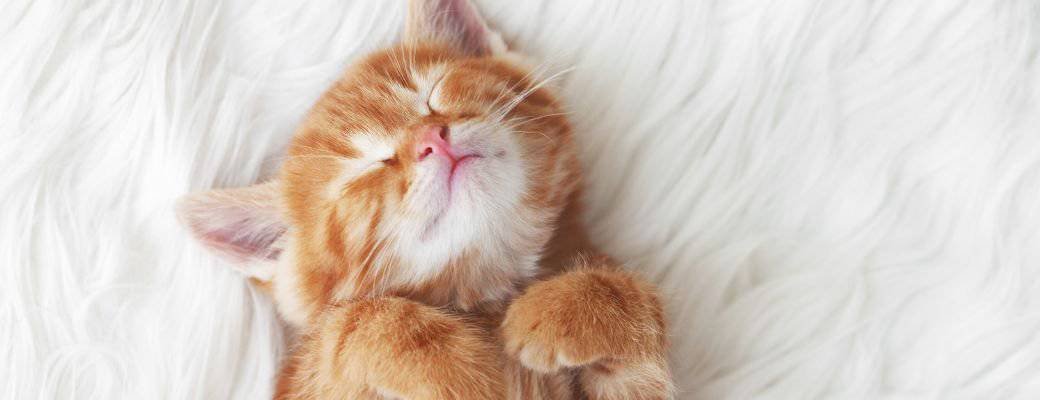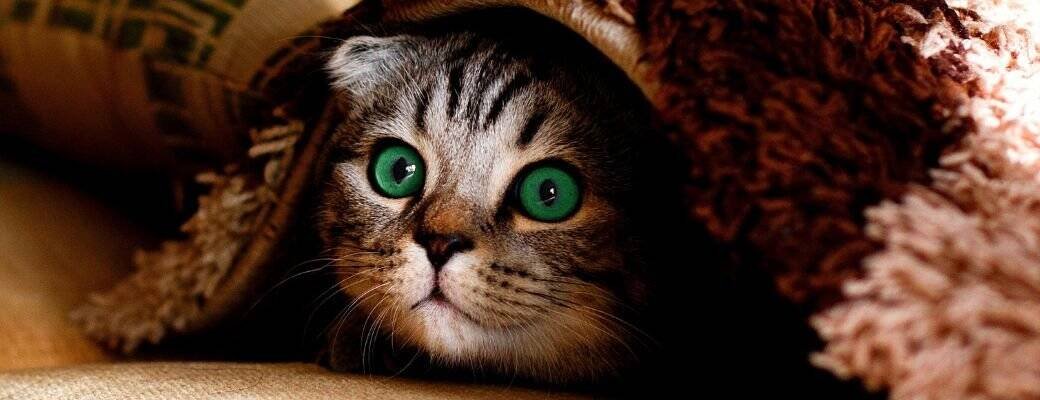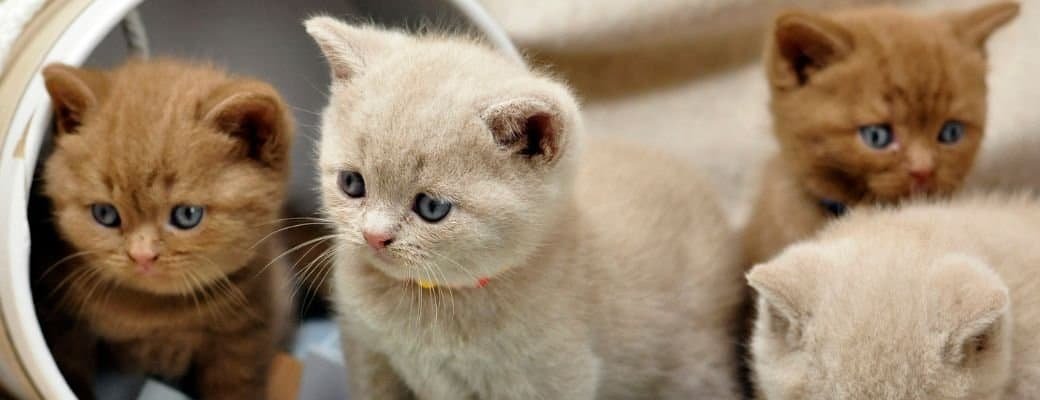Not all cat bowls are created equal — especially for kittens.
From preventing whisker fatigue to supporting healthy posture, the right bowl makes a bigger difference than you might think.
After 25 years with Siamese and Oriental cats, I’ve tested dozens of options. Here's what works best for UK kittens and why.



Why Bowl Choice Matters for Kittens
Before you buy a cute dish with paw prints, think function.
A poor-quality bowl can cause more harm than good — especially during the crucial growth phase.
Common Issues Caused by the Wrong Bowl
Whisker fatigue – when the sides touch their whiskers every time they eat
Chin acne – often triggered by plastic
Tipping and spillage – kittens are chaotic little diners
Neck strain – especially in flat-faced or long-bodied breeds
Choose a bowl that supports your kitten’s body, keeps food where it belongs, and is easy to clean.
Why Bowl Choice Matters for Kittens
Before you buy a cute dish with paw prints, think function.
A poor-quality bowl can cause more harm than good — especially during the crucial growth phase.
Common Issues Caused by the Wrong Bowl
Whisker fatigue – when the sides touch their whiskers every time they eat
Chin acne – often triggered by plastic
Tipping and spillage – kittens are chaotic little diners
Neck strain – especially in flat-faced or long-bodied breeds
Choose a bowl that supports your kitten’s body, keeps food where it belongs, and is easy to clean.



Best Cat Food Bowls for Kittens in the UK
Here’s a breakdown of the top options — tested with real kittens in UK homes.
Shallow Stainless Steel Bowls
Stainless steel is the gold standard.
It's hygienic, dishwasher-safe, and scratch-resistant.
Best For:
Everyday feeding
Kittens prone to chin spots
Easy cleaning
Top Pick:
PetSafe Stainless Steel Cat Bowl
Non-slip rubber base
Shallow enough for small faces
Won’t harbour bacteria
Ross says: “Stainless is my go-to. I’ve never had a kitten refuse it — and that’s saying something.”
Ceramic Bowls with a Weighted Base
Ceramic bowls stay put and won’t slide around the floor during enthusiastic meals.
Best For:
- Kittens who push or tip lighter bowls
- Owners who want easy cleaning and durability
Recommended Brand:
Mason Cash Cat Bowl
- Heavier than plastic or metal
- Food-safe glaze
- Widely available in the UK
Ross says: “Skip anything hand-painted unless it clearly says ‘food safe’ — you don’t want toxins near your kitten’s mouth.”



Raised Cat Bowls (For Older Kittens or Specific Breeds)
A slightly elevated bowl helps reduce neck strain and aids digestion.
This is especially useful for Persians, Ragdolls, or lanky breeds like Orientals.
Best For:
Flat-faced kittens
Taller kittens with longer necks
Kittens who gulp food quickly
UK-Available Options:
Necoichi Raised Cat Bowl (ceramic, imported but worth it)
PiuPet® Ergonomic Bowl Set
Bowls to Avoid
Cute doesn’t equal good.
Here are common options I recommend skipping:
- Plastic bowls – easy to scratch and hard to clean
- Deep bowls – kittens struggle to reach food
- Tall-sided bowls – irritate whiskers
- Noisy metal bowls on hard floors – can spook nervous kittens
Ross says: “The moment a kitten flinches from the sound of a bowl scraping the floor, you’ve got a problem. Keep it quiet and stable.” To help ease their anxiety, it’s crucial to create a safe and comforting environment. Introducing recommended kitten playthings for fun can provide a distraction and promote positive interactions.
Make sure to choose toys that encourage exploration and play, fostering a sense of security for the little one. Additionally, establishing a consistent routine can help alleviate stress in kittens. This includes not only regular feeding times but also aspects like choosing the right litter tray, which can make a significant difference in their comfort. Ensuring that the litter tray is easily accessible and kept clean will encourage them to explore their environment with confidence.
How to Clean Your Kitten’s Bowls (Properly)
Even the best bowl is useless if it’s not kept clean.
Dirty bowls can harbour bacteria, stink, and make food unappetising.
Daily Cleaning Tips
Use hot, soapy water after every meal
Rinse thoroughly — kittens have sharp noses
Avoid strong-scented soaps
Air dry or use a clean towel
Avoid bleach-based products unless you're rinsing like your life depends on it.
How Many Bowls Does a Kitten Need?
Spoiler: just one won’t cut it.
Minimum Setup
One bowl for wet food
One for dry food (if used)
One for water — placed in a different location
A spare for travel, emergencies or washing rotation
Cats naturally avoid drinking near food — it’s a survival instinct.
Put water in a calm, separate spot.



Bonus Gear: Anti-Slip, Slow Feeders and Lickimats
Some kittens eat too fast. Others just make a mess.
Here’s how to help both.
Useful Add-Ons
Anti-slip bowls – less mess
Slow-feed bowls – help digestion
Lickimats – ideal for soft or raw food and enrichment
Great for bottle-raised or hand-fed kittens learning to eat from a surface.
Real Kitten Story: The Bowl That Bit Back
Pixie, one of my Oriental girls, refused to eat from her brand-new plastic bowl.
She pawed at it, tipped it over, then sulked.
I swapped it for a flat ceramic dish — and she tucked in immediately.
Kittens don’t fake it. If yours hates their bowl, they’re probably telling you why.
Kitten Care for New Cat Owners: The Smart, Caring Guide to Raising a Happy, Healthy Kitten
By Ross Davies – Certified Feline Behaviourist
This book is the step-by-step version of what he teaches in one-to-one guidance. It’s expert, reassuring, genuinely practical—and occasionally hilarious (because if you can’t laugh when your kitten pounces on your face at 4am, when can you?).
